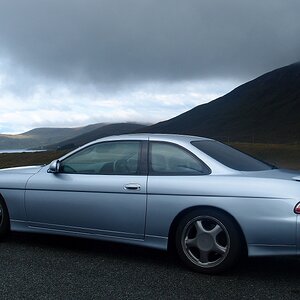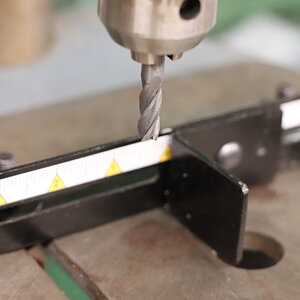OfMikeandMen
TPF Noob!
- Joined
- Mar 12, 2013
- Messages
- 48
- Reaction score
- 1
- Location
- United States
- Can others edit my Photos
- Photos OK to edit
I've heard this rule cited so many times, but it makes no sense to me. The rule states that 1/3 in front of your focus will be sharp, and the back 2/3 of your focus will be sharp. But, isn't this dependent on your distance, focal length, and aperture? Wouldn't this amount vary if I used f/1.2 compared to f/22 (with the same focal length and camera-to-subject distance) even if I'm focused at the same point? I'm really confused about this for some reason.


 , shoot with Pentax SF1n, it is doing it automatically .
, shoot with Pentax SF1n, it is doing it automatically .










